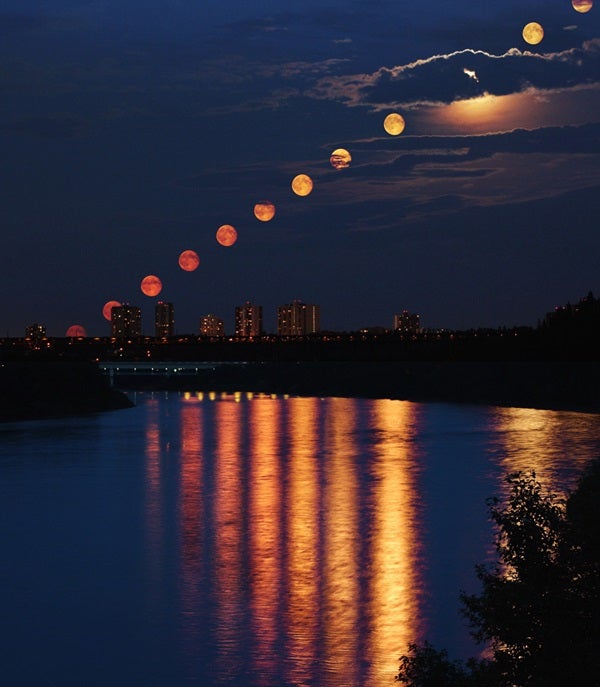Take November 2015 as an example. From 40° north latitude, the biggest lag in moonrise occurs with the waning gibbous Moon on the 30th, which rises 60 minutes later than it did the previous night. The smallest delay happens at the waxing gibbous phase on the 21st, which comes up 36 minutes later than it did the previous day.
A number of other variables play into the time difference. The Moon’s orbital speed is not constant, so its motion relative to the stars can be up to 12 percent faster or slower than the average during the month. Latitude also changes the numbers significantly because it alters the angle at which the lunar orbit meets the eastern horizon. In November 2015, the moonrise delay ranges from 42 to 58 minutes at 30° north and from 30 to 63 minutes at 50° north. In general, the closer you live to the equator, the less variation you will see.
Senior Editor










